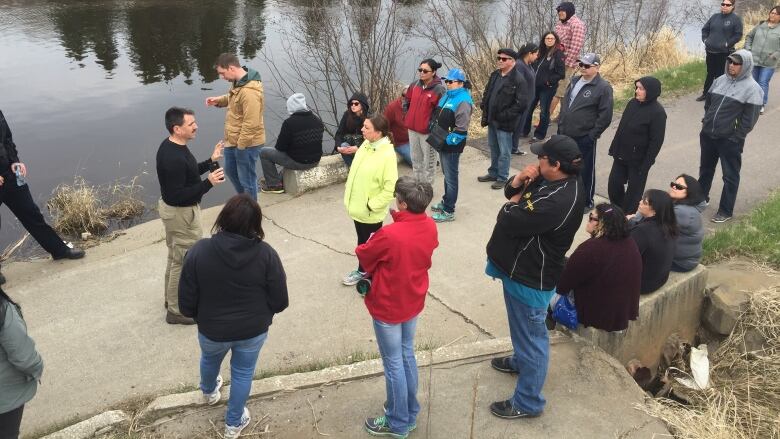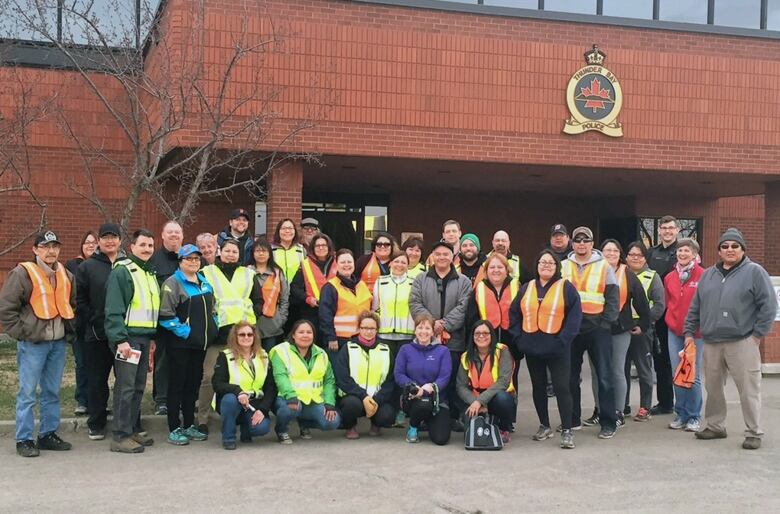Preventing future deaths in Thunder Bay's rivers 'a community issue' says expert
Barry Horrobin says anyone walking along rivers should watch for things that don't 'feel right'

"This is a community issue," says crime prevention through environmental design expert, Barry Horrobin, when discussing how to make Thunder Bay's rivers and creeks safer.
In the past 17 years, the bodies of six Indigenous teenagers have been recovered from waterways in the northwestern Ontario city, the most recent being that of 17-year-old Tammy Keeash on May 7, 2017.
-
Nothing criminal about Tammy Keeash's 'tragic' death, say police in Thunder Bay, Ont.
-
First Nations student survives being thrown in river by attackers, inquest hears
-
Indigenous deaths prompt increased police patrols near river in Thunder Bay, Ont.
An inquest into the deaths of seven First Nations students in Thunder Bay - five of whom were found in the water - recommended in June 2016 that a safety audit of the city's rivers and creeks be conducted.
Horrobin was in Thunder Bay this week to examine these high-risk areas along McVicar Creek, and the Neebing, McIntyre and Kaministiqua Rivers.
He took a group of nearly 50 people - including city staff, police officers, representatives of First Nations organizations and community groups and young people - for a walkalong the waterways in both the daylight and the darkness.

These were not leisurely strolls along the recreational paths.
Instead, they went "off the beaten path, lifting up branches and bushes, going through tunnels under rail bridges and it's these little signs that tell you something's not quite right."
For instance, "when you see trampled vegetation in combination with articles of discarded clothing, empty bottles of alcohol, syringes. These are not things that would be typical of lawful use of that space and one could quickly conclude that it could all lead to harm."
Harm that is hidden from other people in the area, said Horrobin.
Tragedy can happen in 'unobserval space'
"A person becomes unconscious, slips and falls in the river or even just falls unconscious at the side of the river, they might be there for awhile before someone discovers them because they're in such a discreet, unobserval space."
The question then becomes how to make that space easier to watch, and therefore prevent future tragedies.
Clearing bush and thinning or trimming trees can help, as can adding more lighting to encourage people to use the trails longer into the evening, said Horrobin.
Increasing patrols along the waterway is also key to making them safer. But those patrols shouldn't be the sole responsibility of police, he said.
"What I'm referring to here is actively observing what's going on around you while you're out walking your dog, riding your mountain bike or whatever and then taking note of something and using your internal moral compass to say 'it doesn't feel right, I feel fearful'. These are triggers that I need to do something. I need to call the authorities and have them follow up on this," he said.

A preliminary report and recommendations are expected in about a month.
Groups participating in the safety audit include:
- City of Thunder Bay
- Thunder Bay Police Service
- Northern Nishnawbe Education Council
- Dennis Franklin Cromarty High School
- Keewaytinnok Okimakinak
- Independent First Nations Alliance
- Shibogama and Matawa Learning Centre
- Nishnawbe Aski Nation
- CN Rail Police
- CP Rail Police
- Shelter House












_(720p).jpg)


 OFFICIAL HD MUSIC VIDEO.jpg)
.jpg)



























































































